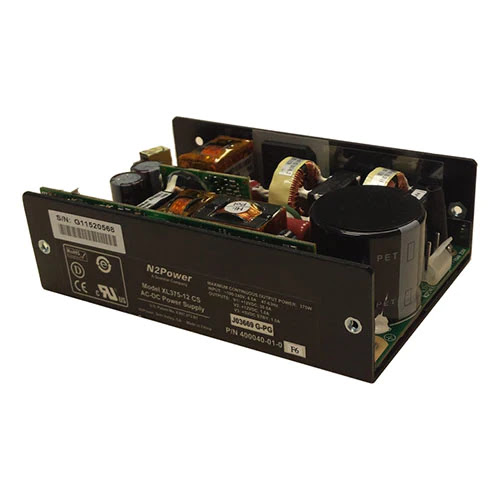Understanding the basics of AC-DC power supply
All the digital world of today wouldn’t exist without power supplies. They offer different systems with the voltage and amperage they need to operate.
The first and foremost function of these power supplies is the conversion of the AC mains electricity into the DC voltage by the current electronic circuits. The article is about AC-DC power supplies, including everything you need to know about AC-DC power supply with applications in modern technical fields.
Understanding AC and DC:
To explain AC and DC power sources, one should first be familiar with AC and DC. Voltage polarity is continuously lagging behind between the positive and negative half-cycles in AC but it changes its direction with time with a wave-like motion.
The polarity and magnitude of DC voltage remain constant in addition to the direction of current flow. Batteries and adapters work on a direct current (DC) while the utility grid works on an alternating current (AC).
Overview of AC-DC power supplies:
AC-DC power supply is a kind of device that does the conversion of AC sinusoidal to DC by making this bridge of the two different types of energy sources. The process of transferring to an advanced power supply requires some steps to make it more effective and reliable. Designs come in variants for different applications which may be the linear with low ripple output and a simple configuration or the SMMS which is compact and efficient.
Types of AC-DC power supplies:
1. Linear power supplies:
This generator includes a series pass element, e.g., integrated circuits or transistors, and its work is based on the principle of linear regulation. The drawback of linear power supply paired with its simpler design and smaller size is that it tends to produce more noise compared to less efficient SMPS alternatives. But on the other hand, they are highly useful in low-power applications like audio equipment and instrumentation panels.
2. Switch-mode power supplies (SMPS):
Another type of power supply is the switch-mode power supply which employs high-frequency switching mechanisms to regulate the output voltage. This is the most power-efficient and compact.
The space and efficiency are the key factors in terms of applications where SMPSs are used because they reduce energy loss and heat dissipation by the rapid switching of the input voltage on and off. The increased adoption of SMPS has played a critical role in driving innovation and pushing the boundaries of technology in today’s consumer electronics and telecoms infrastructure.
Working principle of AC-DC power supplies:
There are several well-coordinated steps that AC-DC power supply go through when operating:
1. Rectification:
The rectifier circuit is used to convert the input voltage from the alternating current (AC) to the pulsating direct current (DC). One or more rectifiers may consist of half-wave, full-wave, or bridge configuration in this method.
2. Filtering:
Analysis is done and the filter circuit eliminates ripple and makes the pulsing DC power more steady and peaceful. In this respect, capacitors, inductors, and resistors combine their forces to eliminate those AC ones that are unwanted.
3. Maintaining a constant output voltage:
The last step of the process is regulation performed by monitoring and fine-tuning the output voltage. In the case of linear regulators, the regulator circuit utilizes a feedback mechanism to keep the output voltage within set limits. On the other hand, PWM control is used in the switching regulators to keep the output voltage within predefined limits irrespective of input changes and load dynamics.
Conclusion:
Underlying the functionality of several electronic devices and systems, the field of AC-DC power supply exemplifies the meeting point of engineering brilliance and practicality. Power supply design can be a daunting task, but engineers and enthusiasts can gain confidence and mastery by delving into the complexity of transformer theory, rectification techniques, and voltage regulation concepts.Whether it's improving the efficiency of consumer devices, making sure industrial applications work reliably, or allowing telecommunications infrastructure to connect, AC-DC power supplies are essential components of modern technology. They drive innovation and advancement in this digital age.




Comments
Post a Comment